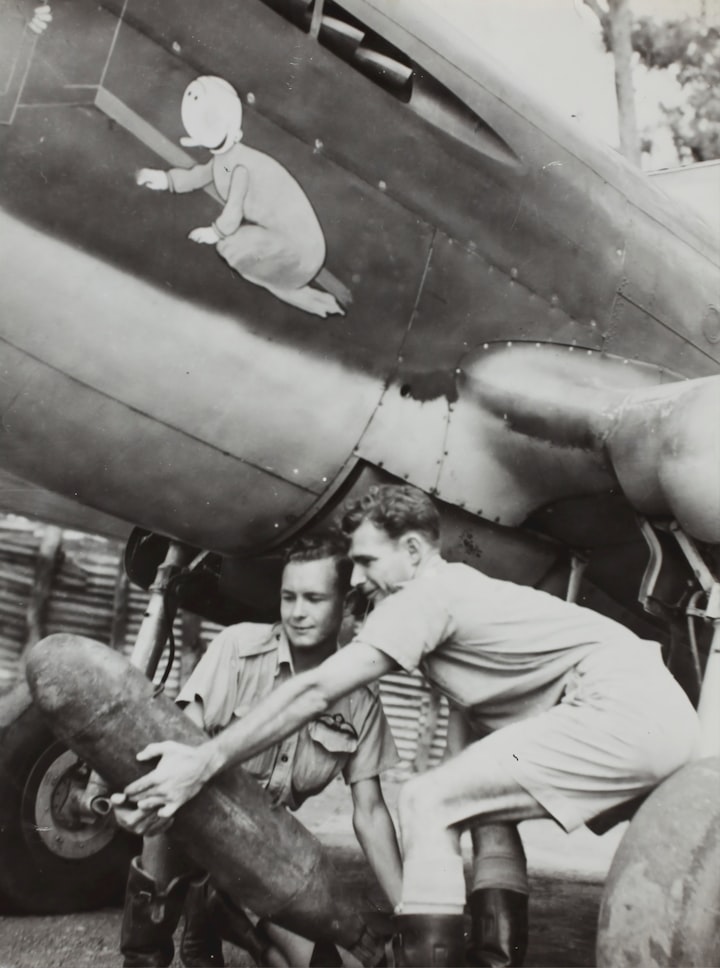Rise of Balloon Technology in Surveillance Operations
Balloon is not ONLY for playing...

Balloons have been used for various purposes for centuries, but in recent years, their use for surveillance purposes has become increasingly popular. A balloon used for surveillance can provide an aerial platform for cameras or other sensing equipment to gather data and images from the air. This data can then be used to monitor wildlife, track natural disasters, or conduct military reconnaissance.
One of the main advantages of using balloons for surveillance is their cost-effectiveness. Unlike manned aircraft, balloons do not require pilots, fuel, or other expensive equipment. They can be deployed quickly and easily, which makes them ideal for missions in remote or hard-to-reach areas where traditional aircraft are not practical. Additionally, balloons can stay aloft for extended periods, allowing them to gather a wealth of information over time.
Balloons used for surveillance come in many different shapes and sizes, from small weather balloons to large blimps. The type of balloon used for a particular mission depends on the specific requirements of the task at hand. For example, small weather balloons are ideal for gathering meteorological data, while larger blimps are better suited for military reconnaissance or wildlife monitoring.
Balloons are also used to monitor natural disasters, such as hurricanes, earthquakes, and forest fires. They can provide real-time images and data that can help first responders assess the extent of the damage and determine the best course of action. For example, during Hurricane Katrina, balloons equipped with cameras and other sensing equipment were used to assess the extent of the damage and provide critical information for rescue and recovery efforts.
One of the most popular types of balloons used for surveillance is the high-altitude balloon, which can reach heights of over 20 kilometers. These balloons are equipped with cameras or other sensors and are often used for military reconnaissance missions or for monitoring the earth's atmosphere. The high altitude of these balloons gives them a wide field of view, allowing them to gather a large amount of information in a short amount of time.
Another type of balloon used for surveillance is the stratospheric balloon. These balloons can reach heights of over 40 kilometers and are often used for scientific missions, such as studying the earth's atmosphere or monitoring environmental conditions. The stratospheric environment provides a stable platform for the balloon, which allows for long-duration missions and a large field of view.
One of the challenges of using balloons for surveillance is ensuring that the balloons stay in a particular area for an extended period of time. This can be accomplished by using steering mechanisms, such as rudders or parachutes, to control the direction of the balloon. Additionally, balloons can be equipped with GPS systems or other navigation equipment to help keep them on course.
Another challenge of using balloons for surveillance is ensuring the safety of the balloon. Balloons can be affected by wind, rain, and other environmental factors, and it is important to ensure that they are not in danger of colliding with other aircraft or other objects on the ground. This can be accomplished by using sensors or cameras to monitor the balloon's surroundings and by programming the balloon to avoid dangerous areas.
Despite these challenges, the use of balloons for surveillance is becoming increasingly popular due to the many advantages they offer. Balloons can be deployed quickly and easily, they can stay aloft for extended periods, and they provide a cost-effective means of gathering data from the air. As technology continues to advance, it is likely that the use of balloons for surveillance will become even more widespread in the coming years.
Summary: Balloons are a versatile and cost-effective tool for surveillance purposes. Whether it be for monitoring wildlife, tracking natural disasters, or conducting military reconnaissance, balloons provide an aerial platform for cameras or other sensing equipment to gather data and images from the air. With advances in technology, the use of balloons for surveillance will likely become even more widespread in the future.





Comments
There are no comments for this story
Be the first to respond and start the conversation.